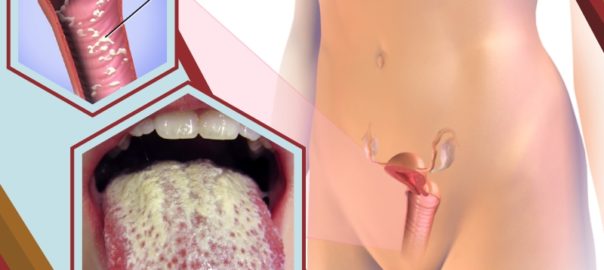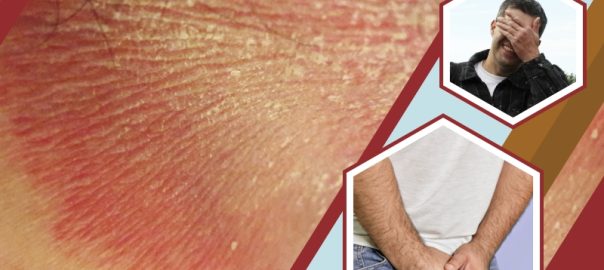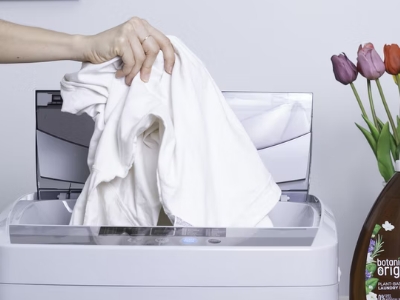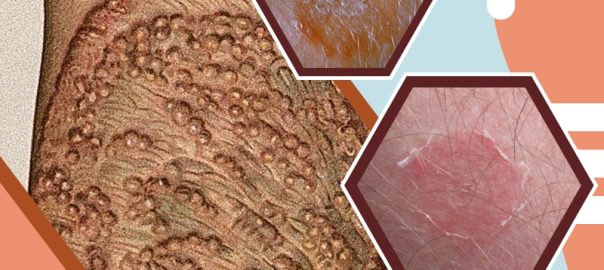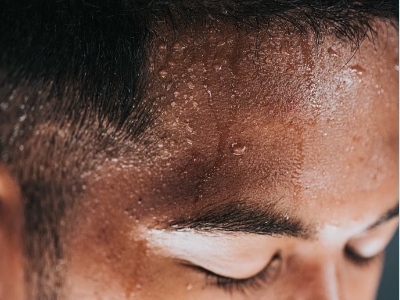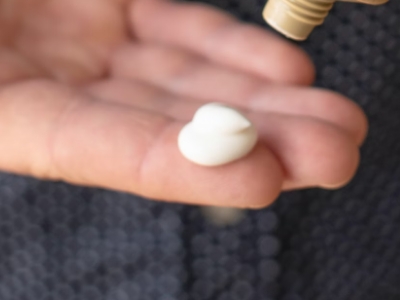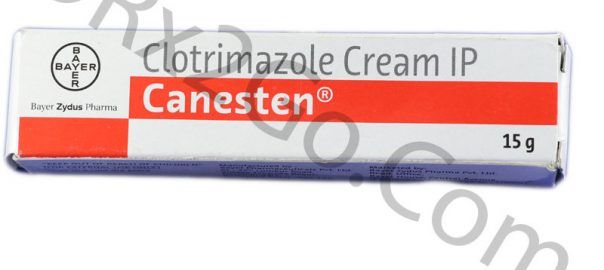The treatments used for Candidiasis vary substantially and are based on the anatomic location of the infection, underlying disease and immune status, risk factors for infection, the specific species of Candida responsible for the infection, and, in some cases, the susceptibility of the Candida species to specific antifungal drugs.
What Causes Candidiasis?
Candida albicans (Monilia albicans) is a harmless yeast fungus that causes candidiasis. In healthy people, yeast is supposed to be present. However, chemotherapy or broad-spectrum antibiotics that suppress the bacterial flora present in the body may cause the fungus to multiply in the mouth or bowels. Candida infections may also be caused by other health conditions, such as pregnancy or diabetes.
Types of Candidiasis
There are several types of Candidiasis:
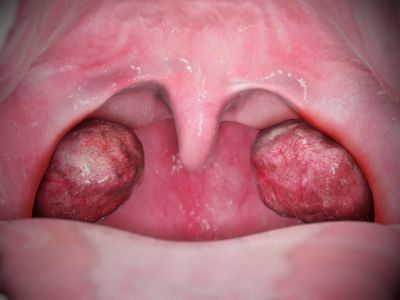
Thrush (Oropharyngeal Candidiasis)
When the candida yeast spreads in the mouth and throat, it can cause an infection called thrush. This type of Candidiasis is most common in newborns, the elderly, and people with weakened immune systems. Symptoms of Thrush may include:
- Redness or soreness in the mouth and throat
- White or yellow patches on the tongue, lips, gums, the roof of the mouth, and inner cheeks
- Pain when swallowing, if it spreads to the throat
- Cracking at the corners of the mouth
Genital Yeast Infection (Genital Candidiasis)
This happens when too much yeast grows in the vagina. A yeast infection typically happens when the balance in the vagina changes. This can be caused by:
- Diabetes
- Pregnancy
- A weakened immune system
- Some medicines, including antibiotics and birth control pills
- Use of some douches, lubricants, vaginal sprays, or spermicides
- Wearing a wet bathing suit or workout clothes, or underwear that doesn’t breathe
Diaper Rash from Yeast Infection
Diaper rashes are usually caused by leaving a dirty or wet diaper on too long, but once your baby’s skin becomes irritated, infection becomes more likely. Check to see if their bottom is red and sensitive and if there’s a raised red border around the sores if their diaper rash doesn’t go away. Check for candidiasis with your pediatrician if this is the case. Antifungal creams can be applied to treat it. Preventing diaper rash and candidiasis starts with keeping your baby’s bottom clean and dry.
Invasive Candidiasis
If candida yeast enters the bloodstream, it can travel to the heart, brain, blood, eyes, and bones. This can cause a serious, life-threatening infection. Invasive Candidiasis happens most often in people who have recently been admitted to a hospital or live in a health care facility. The symptoms include fever and chills. Since it’s likely a person with this infection is already sick with another condition, it can be hard to diagnose.
Treatment for Candidiasis
When thinking about treatment for a yeast infection, it is important to know that there are many different types of yeast. Your healthcare provider may discuss different types of treatment depending on the type of yeast infection.
The most common medication recommended is:
- Clotrimazole Cream – this is an azole antifungal medication for topical treatment of tinea infections. Clotrimazole is also used for the treatment of athlete’s foot, otomycosis, and candidiasis. This prescription is more effective in the treatment of candidiasis because of its long-lasting residual effect after once-daily application.




